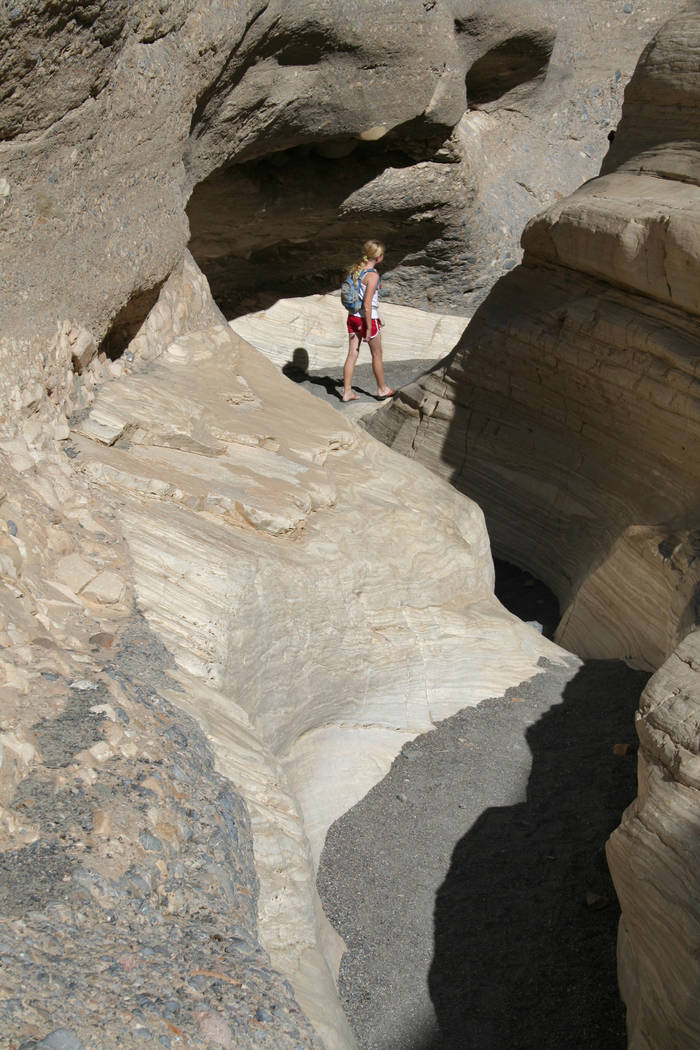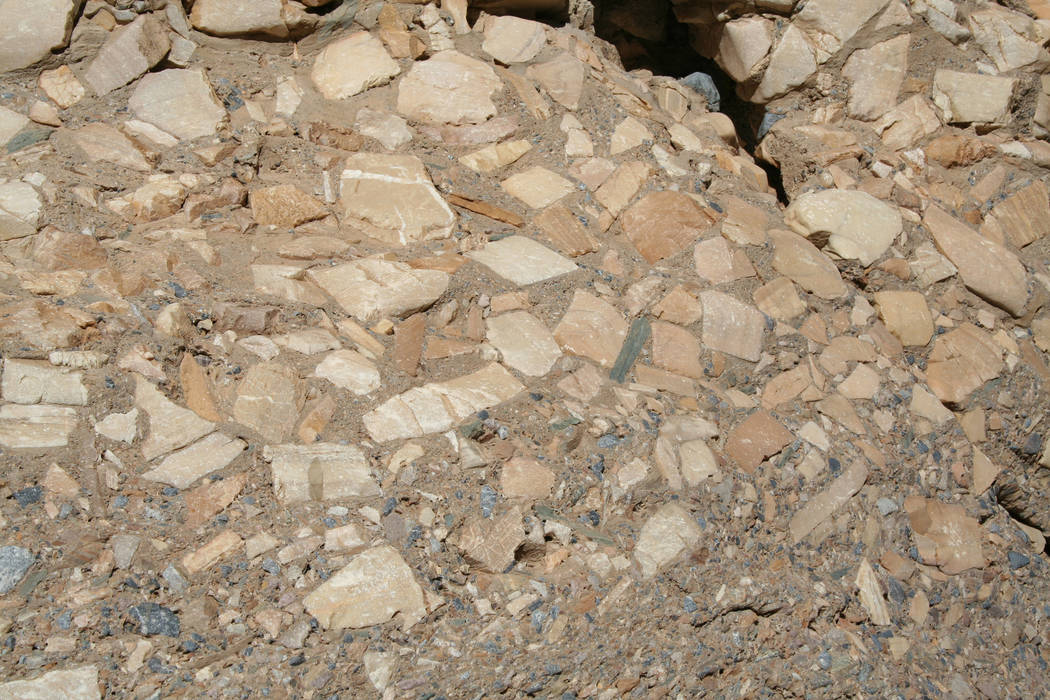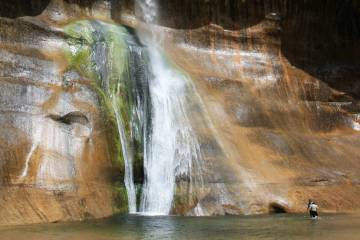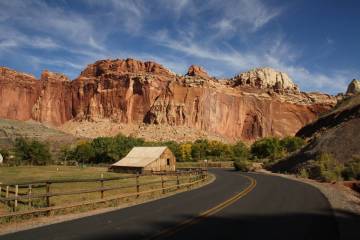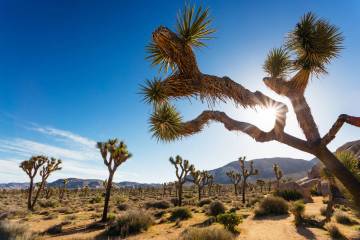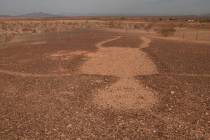Death Valley’s Mosaic Canyon rewards hikers of all ability levels
Mosaic Canyon in Death Valley National Park, California, is a great hiking choice for all ages and abilities depending on how far you venture.
If you have children along or people in your group who can’t travel very far, hiking just a quarter of a mile in this canyon will reveal the beauty of the place, including the namesake natural mosaics.
Those seeking more adventure can explore farther up the canyon. Allow a couple of hours or so, and you’ll have to do some route finding to skirt natural obstacles such as dry falls and boulder jams.
From the Stovepipe Wells area of the park it’s only a quarter mile west on state Route 190 to the Mosaic Canyon turn-off, located on your left.
For the next two miles, you’ll be driving on a gravel road up through a wide alluvial fan that was formed by years of debris being flushed out of the canyon during flash flooding. Death Valley has hundreds of these, and once you know what they look like, you will be sure to see them as you travel around the park.
From the trailhead, located at about 935 feet of elevation, follow the obvious route up the dry stream bed, which soon narrows into a little canyon.
You will find smooth marble walls of noonday dolomite that have been polished by years of debris scouring the walls during flash flooding. Keep an eye out for the Mosaic Canyon breccia (Italian for “fragment”), which looks almost man-made.
About 1½ miles from the trailhead, you will come to a large boulder jam. The easiest way to get around it is usually on the left side, marked by a cairn about 40 yards before the boulder jam. Once you’ve conquered this obstacle, you’ll find easier passage in another narrow section where interesting breccia chutes and dry falls can be found.
There will be another challenge when you come to a dry fall in about two-tenths of a mile that blocks any easy passage. This can be skirted by backtracking about 150 feet and heading up the right side to a bypass trail up high on the canyon wall.
Follow this path and then once again drop down into the main drainage. After exploring, return the way you came.
Mosaic Canyon is the main drainage for 4.3 square miles of Tucki Mountain in the Panamint Range. If it is raining or rain threatens, save this hike for another day because of the risk of flash flooding.
Always check at the visitor center or ranger station for an up-to-date weather forecast. There are many places here that have no easily reachable safe ground in a flash flood.
Mosaic Canyon
For more information, visit nps.gov/deva




